Another magazine cover with Cate Blanchett! She is featured on Italian weekly magazine, Io Donna, out on newsstands in Italy today.
Some parts of the interview translated from Italian to English via Google/DeepL.
A very peculiar G7. Surreal and tragicomic, during which the leaders of the world’s seven most economically advanced nations end up getting lost in a forest (the set? Between Hungary and Canada) in the midst of important negotiations over an impending global crisis. Cate Blanchett plays the German chancellor, Alicia Vikander is the president of the European Commission, Charles Dance the president of the United States, but there is also Rolando Ravello as the Italian premiere. That’s the plot of the indie Rumours, premiering out of competition at the Cannes Film Festival: “Hilarious on several levels of reading,” anticipate directors Guy Maddin, Evan Johnson and Galen Johnson. A project that is not very mainstream for Cate Blanchett, a two-time Oscar winner, was an opportunity to reflect on the present.
You really sit at an important table in the world. Since 2016 you have been an ambassador for the United Nations High Commissioner for Refugees. What is it all about there?
CB: Unfortunately, the recurring theme is “global crisis.” Besides Gaza and Ukraine, let us remember that there are open fronts in Congo, Yemen, Sudan, Jordan, where I was a few years ago, in refugee camps. Very complicated situations, some escalated only in the last few months, despite years of instability. All of this requires new discussions and long-term solutions, but in the meantime, there is a need to stop things. Mine is a privileged voice that can act as a sounding board for others who are on the ground, where everything is happening.In your private life, how do you experience it, including thinking about your children?
CB: These are times that I would call heartbreaking, they break your heart. We have few points of reference, weak leadership grappling with collective problems that are too big. To make sensible decisions today, you need to be visionary: otherwise it is impossible to face such complexities. In our daily lives, one can only remain – at least! – informed. And it is essential to make this clear to the younger generation as well; I always tell this to my four children, all teenagers. Although it is very painful, sometimes disconcerting, one must not remain on the surface. It is stupid and dangerous not to understand or to refuse to understand that some things are going very wrong.Such as? What do you feel most closely?
CB: Fear. It has become a “lethal” weapon of our present. It separates people from each other but also from themselves, from their best parts. Just when we should be thinking about finding common answers to collective challenges. Fear is an enemy for everyone. Fortunately, there are many people out there trying, making their voices heard. Each one, even a small one, matters.__________
How do you experience the role of being an Armani Beauty Global Ambassador, that is, a woman many others look up to?
CB: It is an honor, of course. I would like to answer that I live it by simply staying myself. The reality is that I do not “stay,” in the sense that I do not see myself as accomplished or defined. I am constantly evolving. There are still many things I am discovering about myself and my femininity. Even the role of an ambassador of beauty, or fashion, or whatever, is itself a spokesperson for change: we talk more and more about inclusivity, realism, inspirational examples. I, in my own, hope to represent a non-static and gentle way of being, in the present.It is said that external beauty does not exist without internal beauty: do you believe in this concept of “state of grace”? And how do you maintain yours?
CB: Simple: by having my makeup and hair done by very good people! (Joke.) Beauty is an important part of all women’s lives, in general. But if we focus too much on how we see ourselves, how we are perceived, how we are aging, existence becomes thin and fragile. I agree that the most authentic beauty is not seen, it is very private. And then in the end the most beautiful people are really the ones who are best “connected” with themselves. Outside, you can see!You always seem perfect: were you born with it or is it a role you play masterfully?
CB: I think people think I am rather cold. I have a work identity built with many successes, however, it was more the small failures and personal disappointments that revealed who I am. I hope it comes across that I never take the privileges of my life as granted, because I didn’t grow up having them. I would say that no, I don’t strive for perfection.Which of the many women you have interpreted in your career do you feel most connected, or in some way closest?
CB: What a difficult question. I think sometimes the bond is created with the character you “live” with the longest, not necessarily the one that is most in your vein or resembles you. For example, to play Lydia Tár there was a lot of preparation, I “lived” a lot in her and ended up loving her. Or, Queen Elizabeth I: I played her twice, even with a demanding makeup preparation. It was magic. Sometimes, however, I fall in love with the very experience of making the film. I think back, for example, to Bandit, which I shot with Bruce Willis and Billy Bob Thornton. They ramshackle bank robbers, I a scatterbrained witness. A small role, which I loved. It came out just after 9/11, no one saw it.Are you ever disappointed?
CB: Not much. And if so, I won’t say it. “You know what a bore,” I think, when I talk too much about myself…One wish to close: what do you hope to say “yes” to in your near future?
CB: To many things. Incidentally, I realize that almost all of them begin with the letter “p.” Peace, first of all. Plastic: I wish people would stop using it. Then perseverance, mastery, beautiful words, constructive thoughts. Possibility. To do, to learn, to fall in love. Positivity…You can read the full interview on Io Donna
Some parts of Cahiers du Cinema interview by Fernando Ganzo and Marcos Uzal by videoconference, 24 April. For full feature/interview you can grab your own copy on Cahiers du Cinema’s site here or at Newsstand (Mai 2024 – n°809 issue with Cate won’t be available on the site until 14 May) here.
Google/DeepL translated from French to English.
We’ve been wanting to talk to Cate Blanchett for a long time. Her visit to Cannes is the perfect opportunity. Rumours, co-produced by her company Dirty Films and directed by Guy Maddin, Evan Johnson and Galen Johnson, seems to have represented a singular and novel experience for her. The time she gave us allowed the discussion to go beyond the commentary of a trajectory or career to evoke her craft, between instinct and technicality.
It’s difficult, when talking to you, not to think of the interview at the beginning of Tár.
CB: Ah, yes, “blah, blah, blah”. (Laughs)As an actress, you exude an image of mastery that creates confusion in the film between you and the character of this great conductor. When she talks about her profession, about time and understanding scores, it’s as if you’re talking about the cinema.
CB: This is above all the fruit of the richness of Todd Field’s writing, both concise and lyrical, which is extremely rare. These are his words. I had to pull out the dictionary several times from the first paragraph of the script! (Laughs) I would have a lot of work to achieve its intellectual rigor. But, to return to what I say in Tár, I have always been very sensitive, ever since I was a little girl, to the notion of finitude, to the temporary limits of life. If I like to escape to the theater regularly, it’s because of the impression that time is suspended there. So yes, this question, as evoked by the character, does concern me. If the obsession with the ephemeral is indeed a point in common between me and Lydia Tár, on the other hand, I do not have her obsession with transmission, artistic heritage. Without false modesty, I see myself much more as a circus artist than as an artist.Do you enjoy watching the films you act in?
CB: I wouldn’t say I enjoy watching them. Over time, you get used to seeing yourself as an object in the frame. But I have the privilege of working with filmmakers I admire, so I’m curious to see the results of their work. When you act for Guillermo del Toro, you then find yourself watching a Guillermo del Toro film in which you’re lucky enough to appear. And the curiosity to know what we made together is too great, otherwise it would be like cooking a feast without being allowed to taste it. But I don’t like to dwell on it, I move on very quickly to the next experience, I can’t stand still.Do you learn anything from watching your films?
CB: I find watching them more than once or twice to be pointless. I’m sufficiently aware of my mistakes and missteps that I don’t want to repeat them. The terrible thing about getting older, whether you’re an actor or a plumber, is that your sense of self calcifies, it becomes harder and harder to escape your bad habits! It can therefore become more painful to see them on screen, even if it can be healthy. But it’s elsewhere that I’ve learned many essential things. There’s a basic theatrical exercise that consists in assessing stage occupancy: you move between people who aren’t acting, but are just presences that move, and sometimes talk. It’s a job that helps you position yourself in the space. Many plays today are performed in purpose-built spaces, but I love the proscenium. I learned so much about using wide shots while working on stage… Before combos became widespread, I liked to ask the cinematographer to show me the framing, not to see my performance, but to find out how I could use the frame, what distance to create with the other actors. I learned a lot of these notions of cinema by seeing dance and theater. Another very important aspect that took me a while to learn, is that when the frame gradually changes from a wide shot to a tight shot, you just have to go gradually to the essential, until you get close to a form of haiku in the close-ups.__________
Do you believe that what we call acting direction exists?
CB: I always remember this anecdote: in Ice Storm, Kevin Kline was very surprised that Ang Lee didn’t give him any direction. “We’ve been working together for a month, nothing, no guidelines. I don’t know if what I’m doing is right or not, I have no feedback!” This was passed on to a producer who told Ang Lee of his actor’s distress. The next day, Lee came to Kline and said, “Kevin, your pants look great.” (Laughs) It’s a way of saying that filmmakers create an atmosphere and that, sometimes, that’s where it plays out, more than in directions. I’ve done a lot of theater work with director Benedict Andrews, and I’ve learned to perceive, just by glimpsing him in my peripheral vision, how he reacts with his body to what I’m doing. And I know exactly what each of his gestures means. It’s almost like a legacy of silent film direction. I would have loved to have worked in those days, with someone shouting instructions at me. Sometimes I insist that the filmmakers tell me things in the middle of a take – or even the technicians: if I’m not in the right place in the frame, I’d rather have someone pull me by the shirt and put me in the right place, I’m not going to stop playing for that reason. I’m not a precious object. In the end, it’s not about how I feel. Maybe that’s what I mean when I say I see myself as a circus performer: if everyone is in the right place, I become both the director and the puppet of the situation. And I don’t mind having to be one or the other, as long as everyone is in synch. When it happens, when it becomes a dance, it’s a unique feeling. Dancing cheek by jowl with someone, forgetting where you end and the other person begins, that’s the feeling you’re looking for in life, on a stage, or in your relationship with an audience. I’ll do anything to achieve it. At drama school, I had a movement teacher who inspired Baz Luhrmann for Ballroom Dancing (1992). He was an excellent dancer who made me understand that, to be able to be directed, you have to be strong. If your body isn’t tense, no one can manipulate you; you need a strong body to be flexible. If I could do it all over again, and if I had the talent and luck, my dream would be to work with Pina Bausch.So your playing is more physical and instinctive than psychological?
CB: Yes, in a way. I’ve realized that, the day I accept a role or start a project, I say this phrase to my husband: “Where do I start?” That’s the key: where to start. Every film is part of the way you inhabit the world, and that’s going to stay with you. You just have to understand how to get started, and your approach to things evolves, inevitably, because it’s impossible to keep complete control. You have to learn to love the feeling of losing it. There’s an anxiety, an excitement, an adrenalin rush. And it can seem chaotic at times – in that regard, having children is a blessing, you learn to live in chaos! I particularly like rehearsals because it’s a place of controlled chaos. That’s why you mustn’t define things too much, just feel your mind inhabited by as many ideas as possible, without getting too attached to any one. Otherwise, you arrive on the set believing you’ve got an extraordinary idea; when the other actor suggests something or the camera moves in a certain way, you don’t know how to react. You have to arrive deeply prepared and radically open.Do you like multiple takes?
CB: Not particularly. Before I started making films, I thought filmmaking should be easy, because you get to redo things until they’re perfect. But that’s not how it works at all. You think you’ve made the perfect shot, and something happens to ruin it without you knowing. So there’s no point. I’m currently shooting with Steven Soderbergh. He’s so fast! Very often, he’ll only let me do one take. You have to learn to trust the filmmaker when he says “It’s in the box”, when you’d really like to ask for another take. It’s a particularly difficult discipline with digital, which would allow you to spend the whole day filming. Knowing that, if someone tells you “It’s okay, we’ve got it”, to keep going is just sickening.Isn’t it hard to give up takes that you think are better but don’t make the cut?
CB: Except that deep down you don’t know what the right take is. I experienced this recently. I’m really my harshest critic, so when I said to the director: “I think that was really pretty good”, I meant it – it was the only scene I was really happy with.
But it was the very scene that was cut in the edit. I won’t say why. But you have to understand that you’re just accumulating material when you’re shooting. I think it was Soderbergh who told me that, in the editing room, the only thing to think about was “how can we save this film?” You can’t fall in love with what you’ve filmed. You must resurrect this body, reanimate it, even if it means sacrificing what you value most. And that’s what I’ve come to love most about cinema, even if I didn’t understand it at first. This feeling that we are playing to create abundance, among which others sin: we give a lot of options because there are no certainties, and a take that doesn’t seem right may turn out to be useful elsewhere in the edit. It’s an art of collage. Maybe it’s because we’re becoming more and more image-literate: that shot that you think is essential for the audience to understand is no longer essential, because in fact they’ve already understood everything. And you have to cut it out. You can’t get attached to anything.Unlike Soderbergh, Todd Haynes likes to prepare for a long time, right?
CB: He wants to immerse you in the film, its atmosphere, its music, during this preparatory period. He uses huge scrapbooks, has long conversations with you… It was during this period that I got to know Ed Lachman (a cinematographer who has worked extensively with Todd Haynes), who was a professional revelation for me. With Todd, you feel invited, you feel the temperature. But you don’t experience it as a preciousness: you always have the impression that everything is in danger, in the best sense of the word, that time is running out, that you’re making a student film but with a master filmmaker. I don’t know how he manages to create this feeling of security and risk at the same time.__________
Are there any defining moments in your evolution as an actress?
CB: Everything we do in life is an attempt to make up for the bad choices we’ve made in the past. Virginia Woolf used to say that you can only feel emotions towards your past: I have the impression that, in the present, it’s impossible to know that you’re in the process of making a decisive choice in your life. Should I not have gone on vacation with my family to play this role? Give up a certain activity to act in more films? Balance does not exist. But it’s true that certain encounters with filmmakers, including some with whom I’ve never worked, have had a decisive influence.For example?
CB: Working with Todd Haynes was a revelation for me, that’s for sure. But the way Shekhar Kapur saw something in me, fighting for me to play Elizabeth I made me realize that this was possible, for me. I’ll always be grateful to him. Among the people I have never, so far, worked with is Jane Campion. Sweetie and An Angel at My Table played a big part in my training. Cindy Sherman, too, both as a filmmaker and as a photographer and artist. Meeting Denis Villeneuve at Cannes also gave me the opportunity to have some very important conversations. And, of course, Scorsese and Guillermo del Toro, with whom I’ll be working again soon: it’s an unforgettable experience to cross paths with them.You’re not obsessed with transmission, but have certain actresses defined your relationship with cinema and acting?
CB: Liv Ullmann, without a doubt, with whom I was able to work in the theater. She was a revelation. She directed me to play Blanche DuBois in A Streetcar Named Desire, and I felt like a conveyor belt. I would have loved to have seen her play that role herself. I’m also thinking of Judy Davis, of Isabelle Huppert, in all her films but particularly in The Piano Teacher. The way she vibrates: she’s an atomic bomb. We played together in an adaptation of Genet’s The Maids in New York in 2014, and I was able to observe that up close, that notion of danger in her acting. More recently, Sandra Hüller’s work, the way she plays with her body, has really impressed me. The list would be endless, but I must add that, in my youth, the films of Jacques Tati, of whom my mother was a fan, were of enormous importance. His energy, held back then released like a spring, his way of exploiting a simple gesture, that domino effect from a simple stumble. It had a big impact on me.You spoke of controlled chaos in your work. It makes us think of your character in Where’d You Go Bernadette (Richard Linklater, 2019), which, in the end, seems very personal to us.
CB: She’s a character in the grip of failure, unable to overcome the pain of not being able to fulfill her perfect vision. But in an artistic life, you have to accept that everything is part of a longer journey. When you think a film is your final destination, it’s not. I once acted with Julianne Moore in a film that wasn’t very good, and she said something that deeply surprised me at the time: “It’s just a film.” – But! What do you mean, just a film?!” Eventually, I understood what she meant. Basically, you can’t give it too much importance, or want to remind the audience that it’s very important. You risk draining the life out of something by trying to make it better than it can be. And then, you might do something that doesn’t work, and ten years later people will rediscover it and see it differently. It teaches humility, this gladiatorial arena filled with imperfect things. I make films so that they speak to people, not like Grotowski (a theatre-laboratory theorist for whom the number of spectators, or even their absence, doesn’t matter), who could lock himself in a room and do things for himself. For me, having a strong connection with the audience is essential in film as in theater. It goes back to Bob Dylan’s idea that you shouldn’t take yourself too seriously, but work seriously. For me, saying “It’s just a film” means respecting your work and that of others, but with a light touch.Have you ever had the impression that one of your films was not “just a film”?
CB: Of course! Whether they work or not, whether they are failures or masterpieces, they are always collaborations that I never forget. The most recent, the most profound, is the one with Todd Field: such free work, for an ultimately very intense film… Every day was filled with terror and excitement, because I didn’t know what was going to happen. Like all great filmmakers, he knew at each moment very precisely where he should place the camera, if it was necessary to modify its position. I learned so much about directing, about writing, about acting with Nina Hoss, about editing with Monika Willi. It creates a crazy desire and at the same time a melancholy, because you know that it happened, and that it will never happen again. One of my favorite feelings as a spectator of dance performances is having the impression that the dancers are in suspension to the point where I no longer know whether they are rising or falling. It’s a feeling you can get on stage or on a set: for a brief moment, you’re floating, the atom is decomposing, and it doesn’t matter if it’s only to fall back again. On some shoots, you feel this way every day, on others just one day, and sometimes never at all. It’s a kind of drug you’re constantly looking for.
 Welcome to Cate Blanchett Fan, your prime resource for all things Cate Blanchett. Here you'll find all the latest news, pictures and information. You may know the Academy Award Winner from movies such as Elizabeth, Blue Jasmine, Carol, The Aviator, Lord of The Rings, Thor: Ragnarok, among many others. We hope you enjoy your stay and have fun!
Welcome to Cate Blanchett Fan, your prime resource for all things Cate Blanchett. Here you'll find all the latest news, pictures and information. You may know the Academy Award Winner from movies such as Elizabeth, Blue Jasmine, Carol, The Aviator, Lord of The Rings, Thor: Ragnarok, among many others. We hope you enjoy your stay and have fun! 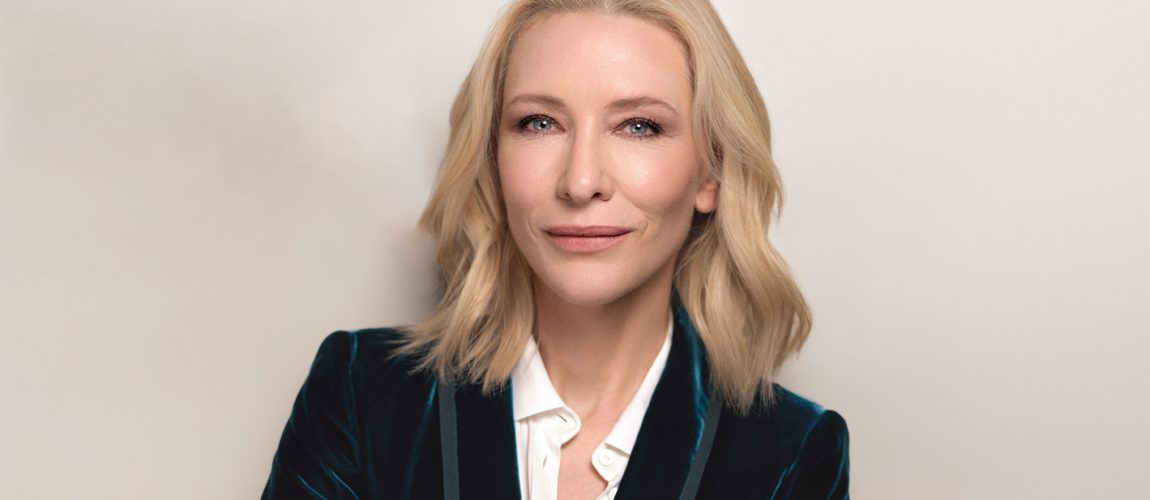


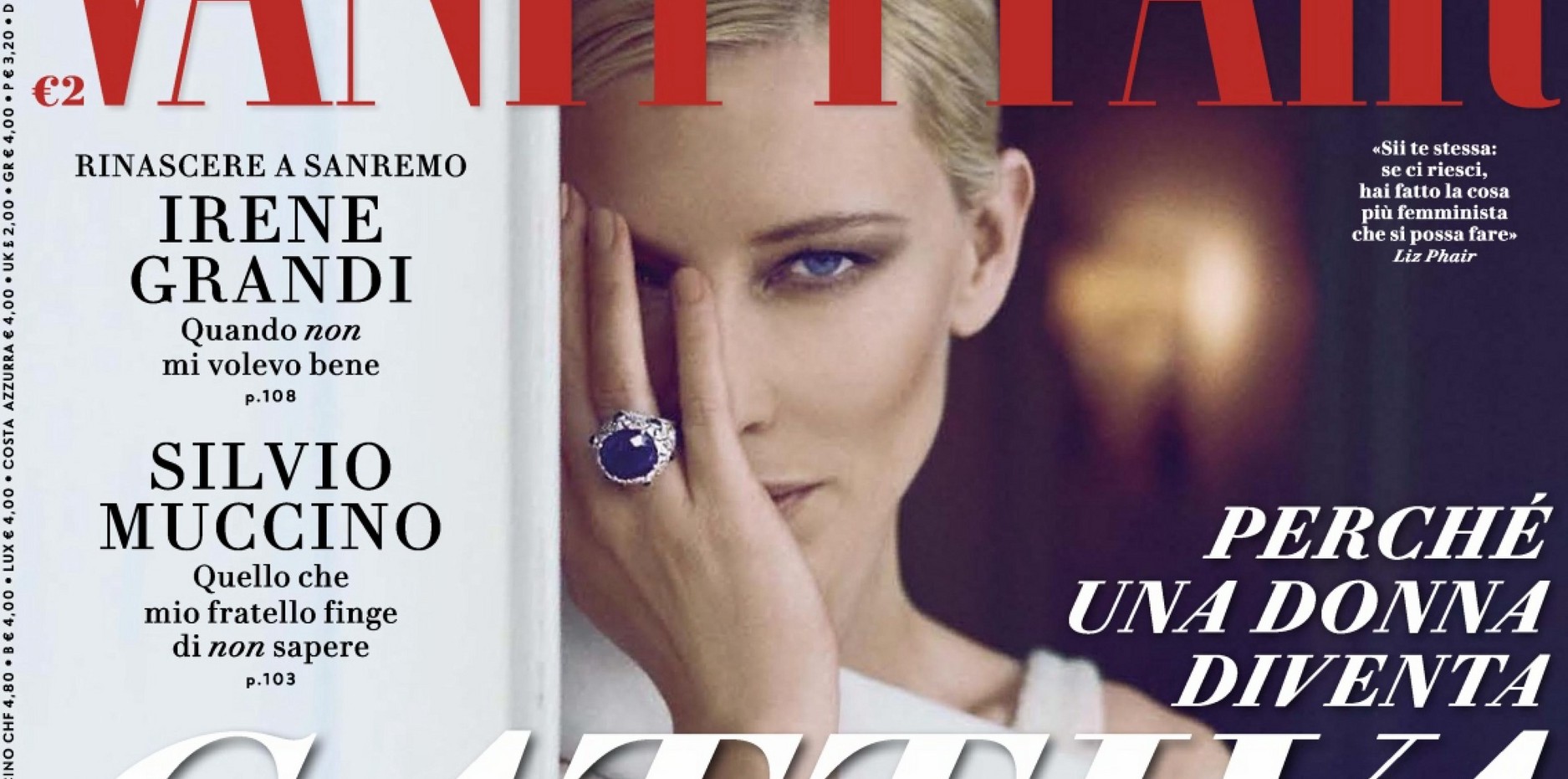
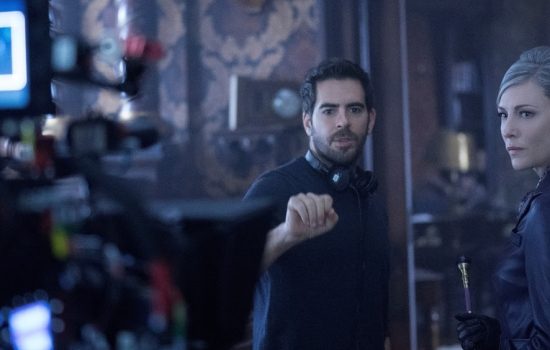
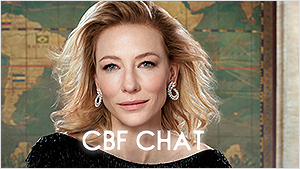
 Black Bag (202?)
Black Bag (202?)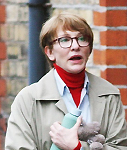 Father Mother Brother Sister (202?)
Father Mother Brother Sister (202?)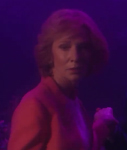 Rumours (2024)
Rumours (2024)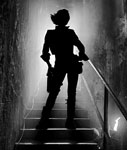 Borderlands (202?)
Borderlands (202?)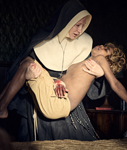 The New Boy (2023)
The New Boy (2023) TÁR (2022)
TÁR (2022)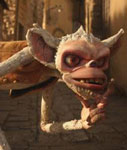 Guillermo Del Toro’s Pinocchio (2022)
Guillermo Del Toro’s Pinocchio (2022)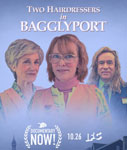 Documentary Now!: Two Hairdressers in Bagglyport (2022)
Documentary Now!: Two Hairdressers in Bagglyport (2022) The School for Good and Evil (2022)
The School for Good and Evil (2022)













Happy birthday, Cate!
And enjoy your time in Cannes.
All yours forever.